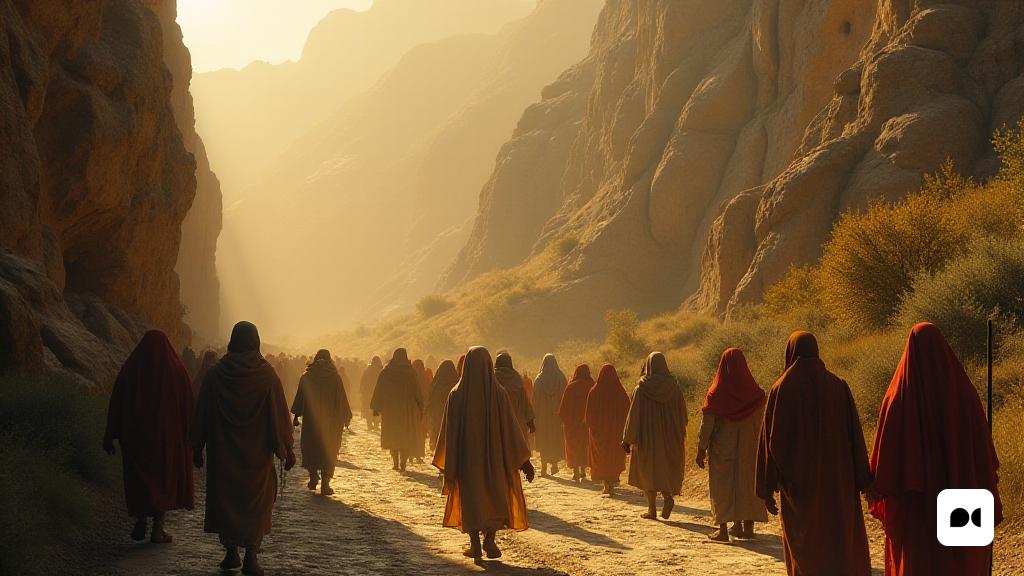Pilgrimage as an Inner Journey
Since time immemorial, humans have felt the need to seek a deeper meaning in their existence. Pilgrimages, in this sense, become a reflection of this spiritual search. Authors such as Teresa of the Child Jesus or Augustine with their ‘Confessions’ have put into words the experience of a path that goes beyond the physical, connecting with the essence of the soul.
Arts that Light the Way
Artistic beauty has served as a vehicle for expressing spiritual longing. Painters like Fra Angelico, musicians like Bach, and architects like Gaudí have brought their vision to the pilgrimage experience, creating works that speak of mystery and divinity. Through every stroke, every note, and every stone, an inner journey is expressed that seeks to resonate with the divine.
The Beginning of a New Path
A pilgrimage does not simply begin with the first step, but with the decision to pause for reflection. This moment of pause is essential to prepare the soul before embarking on a journey that promises profound changes. Prior introspection is the first step towards transformation, where what no longer serves is left behind and the door is opened to new experiences.
The Inner Struggle
As one progresses on the pilgrimage, challenges arise that challenge the will. The fight against distractions and temptations becomes a fundamental aspect of the path. This process not only involves overcoming external adversities, but also confronting internal insecurities that may arise along the way.
Moments of Revelation
As the pilgrimage progresses, surprises emerge at the most unexpected moments. These revelations, often small but significant, can completely transform the perception of the journey. The connection with God can manifest itself in a kind gesture, in the beauty of nature, or in a word of encouragement, reminding the pilgrim that each step is full of meaning.
Overcoming Obstacles
The path is not always smooth; it often presents difficulties that test determination. According to the prophet Isaiah, the important thing is to prepare the way with faith, knowing that every setback can be an opportunity for conversion. True conversion involves following divine instructions, accepting the transformations that God introduces in our path.
The Joy of the Goal
Finally, the pilgrimage culminates in an encounter with God’s mercy. The experience of forgiveness becomes the true goal, an embrace that comforts and integrates. Like the prodigal son, the pilgrim discovers that despite his falls, there is always a path back to grace. The Holy Door becomes a symbol of this restoration, reminding us that the joy of the goal is a gift worth seeking.
Final Reflections
Pilgrimage, more than a simple physical journey, is a journey into the interior of the being. In this Holy Year, we remind ourselves that every step we take on this path is a testimony to the hope that does not disappoint. With our eyes fixed on the goal, each pilgrim can experience the transformation that only God’s love can provide.

